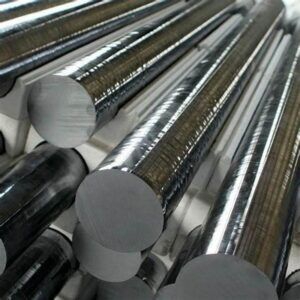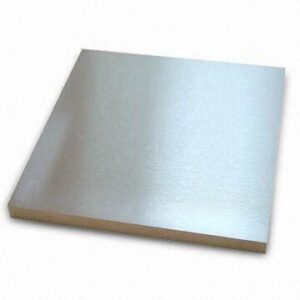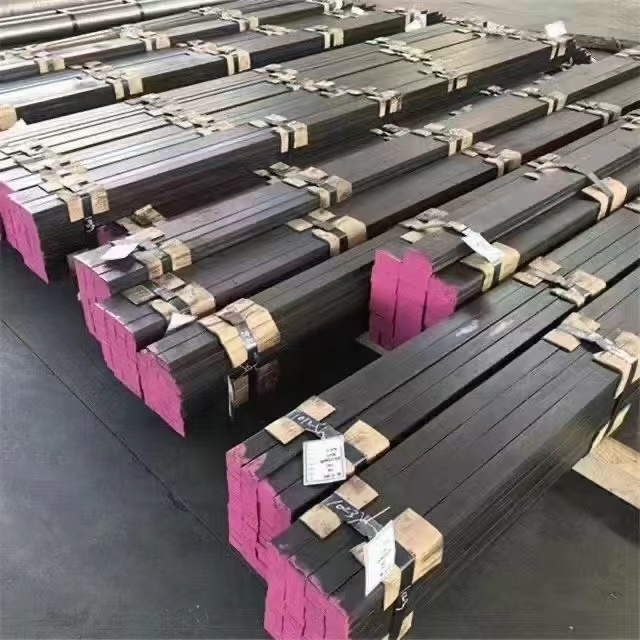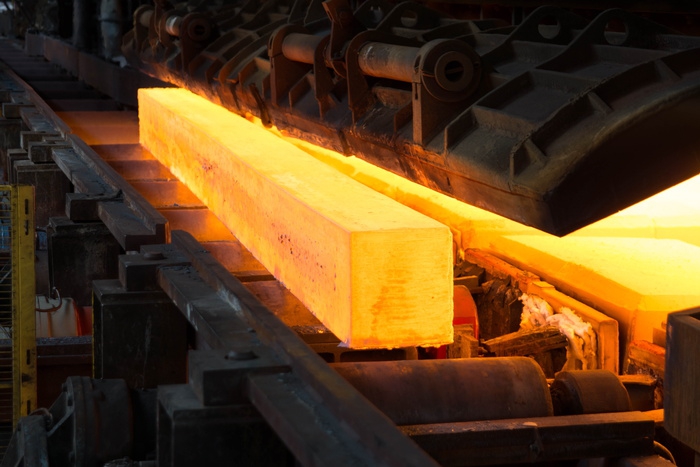Ferritic Stainless Steel: A Guide
时间 :2022-11-23 14:55
Ferritic Stainless Steel: A Guide After austenitic stainless steel, ferritic stainless steel is the most extensively used form of stainless steel. They are noted for their ductility, corrosion resistance, and magnetic characteristics and co
Ferritic Stainless Steel: A Guide
After austenitic stainless steel, ferritic stainless steel is the most extensively used form of stainless steel. They are noted for their ductility, corrosion resistance, and magnetic characteristics and contain very little carbon, significant amounts of chromium, and little or no nickel. In addition, they have a body-centered cubic grain structure and cannot be toughened by heat treatment, although they can be cold worked and annealed to soften them.
The 400 series of ferritic stainless steel is divided into five groups based on their composition and application. Although ferritic stainless steel was developed very early, it wasn’t until the 1980s that it became a viable option for austenitic stainless steel due to its higher cost.
Properties of Ferritic SS 410
The body-centered cubic (BCC) crystal structure distinguishes ferritic SS 410, which includes 11 percent to 27 percent chromium and tiny levels of ferrite stabilizers like niobium and titanium. Up to a temperature known as the Curie point (650 °C – 750 °C), ferritic alloys display ferromagnetic behavior, after which they lose their permanent magnetic properties.
The magnetic characteristic of ferritic stainless steel is due to its BCC grain structure, which is identical to that of pure iron at ambient temperature. Therefore, heat treatment cannot strengthen ferritic stainless steel, identical to austenitic stainless steel.
Although ferritic SS 410 is not as corrosion resistant as austenitic steels, they have excellent corrosion and oxidation resistance. In addition, they offer more extraordinary technical qualities, like ductility and formability, than austenitic steel, and they are more resistant to stress-corrosion cracking. Although ferritic SS 410 can be welded, there are some issues, such as cracking along heat-affected zones.
Application of Ferritic SS 410
Ferritic grades’ magnetic characteristics are a significant benefit and facilitator for many of their uses. Induction cookers and magnetic fasteners, for example, both utilize this property in the creation of fastening parts and induction heating.
Ferritic stainless steel has a lower thermal expansion coefficient and higher thermal conductivity than austenitic steel, making them ideal for heat transfer applications like cooking equipment.
Some ferritic SS 410 have enough corrosion resistance to replace austenitic steel 304 in the manufacture of dishwashers, kitchen sinks, and food processing equipment.
Additional molybdenum and greater chromium concentration in some specialty ferritic stainless steels are suitable for corrosive marine applications.
Ferritic stainless steels are useful in the automobile sector and nuclear reactors because of their unique set of features.
Where Can Ferritic SS 410 Be Used?
Ferritic SS 410 is utilized for cladding and roofing and load-bearing parts in the transportation industry, such as tubular bus frames. It also has a lot of success in coal wagons, where wet sliding abrasion resistance is crucial. Ferritic SS 410 is well suited to projects that require strong, fairly durable structural elements with appealing metallic surface finishes due to their properties. Ferritic decking may be a more cost-effective option than galvanized decking for composite structures with a long service life or moderately corrosive environments. Galvanized decking would struggle to maintain adequate durability for periods more extended than 25 years.
Other potential applications where ferritic stainless steel can replace galvanized steel include permanent formwork, roof purlins, supports for services such as cable trays, and composite floor systems. They could also be utilized in cladding support systems, wind posts, and masonry supports in semi-enclosed unheated situations (e.g., railways, grandstands, bicycle sheds).
Conclusion
Ferritic stainless steel has good durability, strength, ductility, and a pleasing look. It can be a cost-effective and efficient choice when utilized in the right setting. Despite its numerous appealing qualities, ferritic stainless steel is underutilized in structural applications due to a scarcity of reliable structural information in the literature and design standards.




